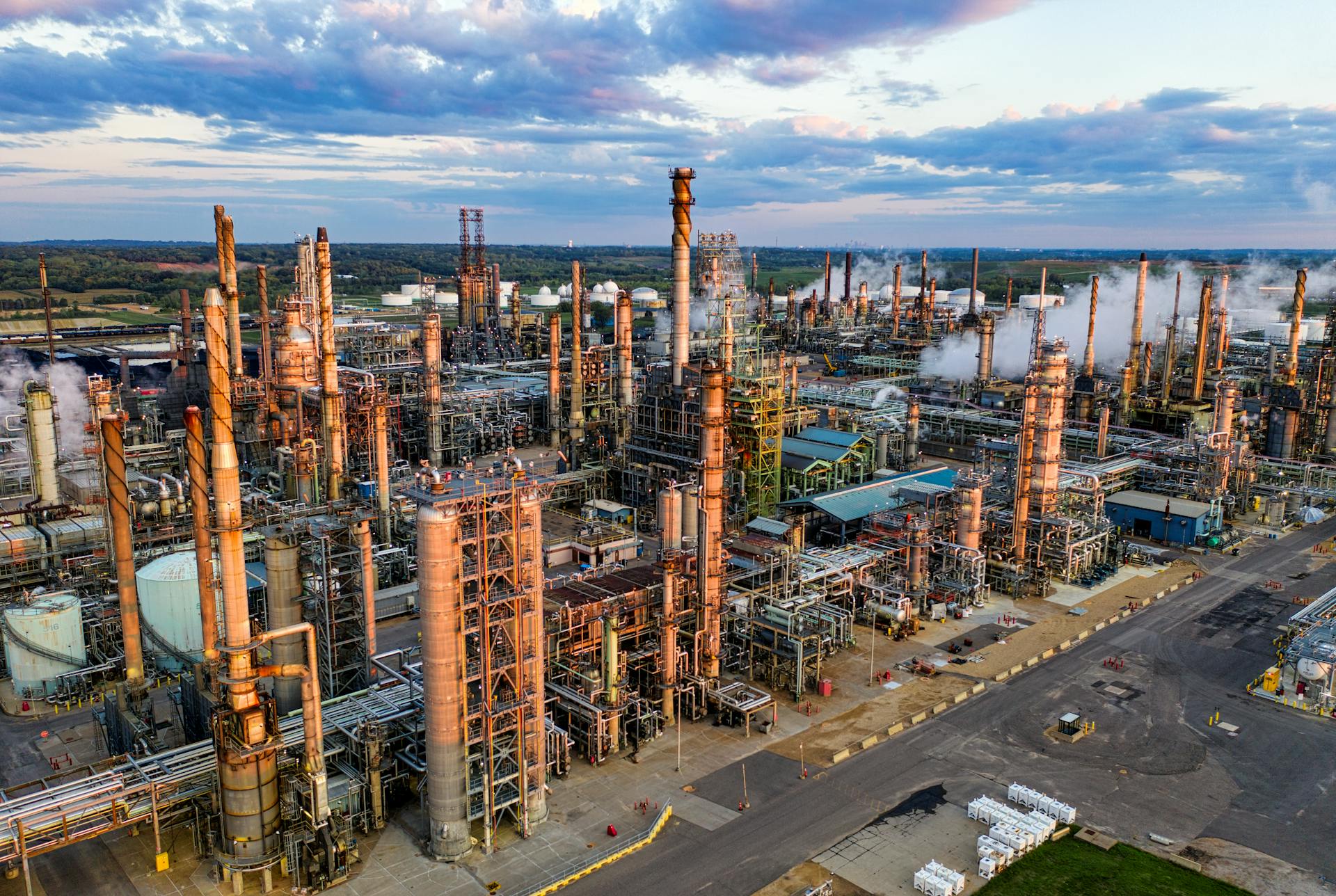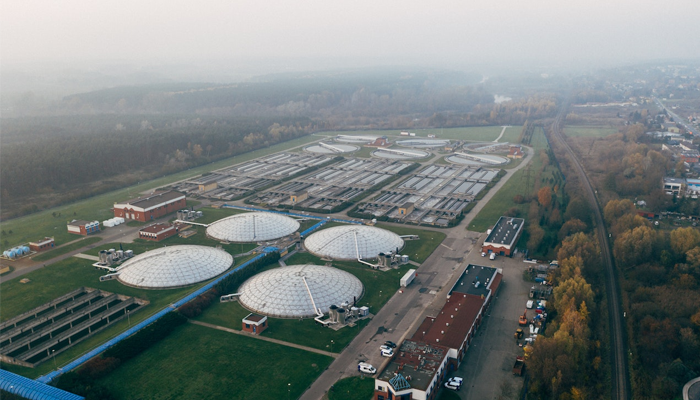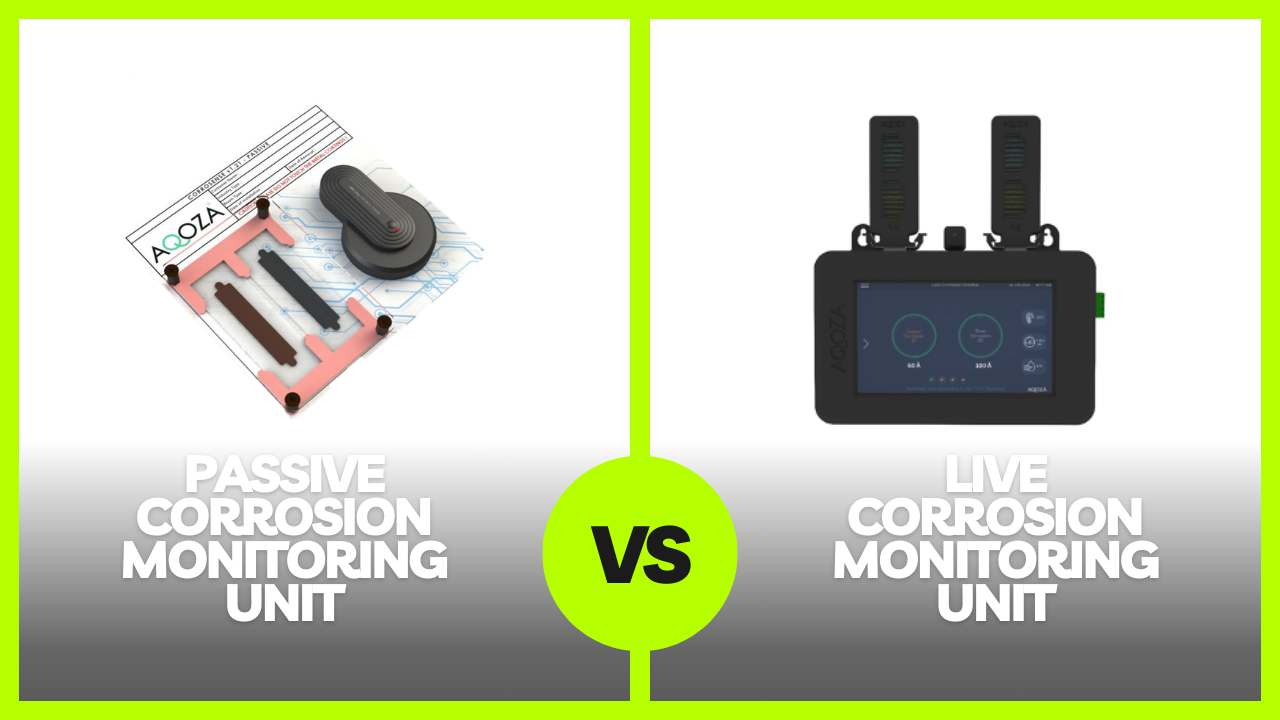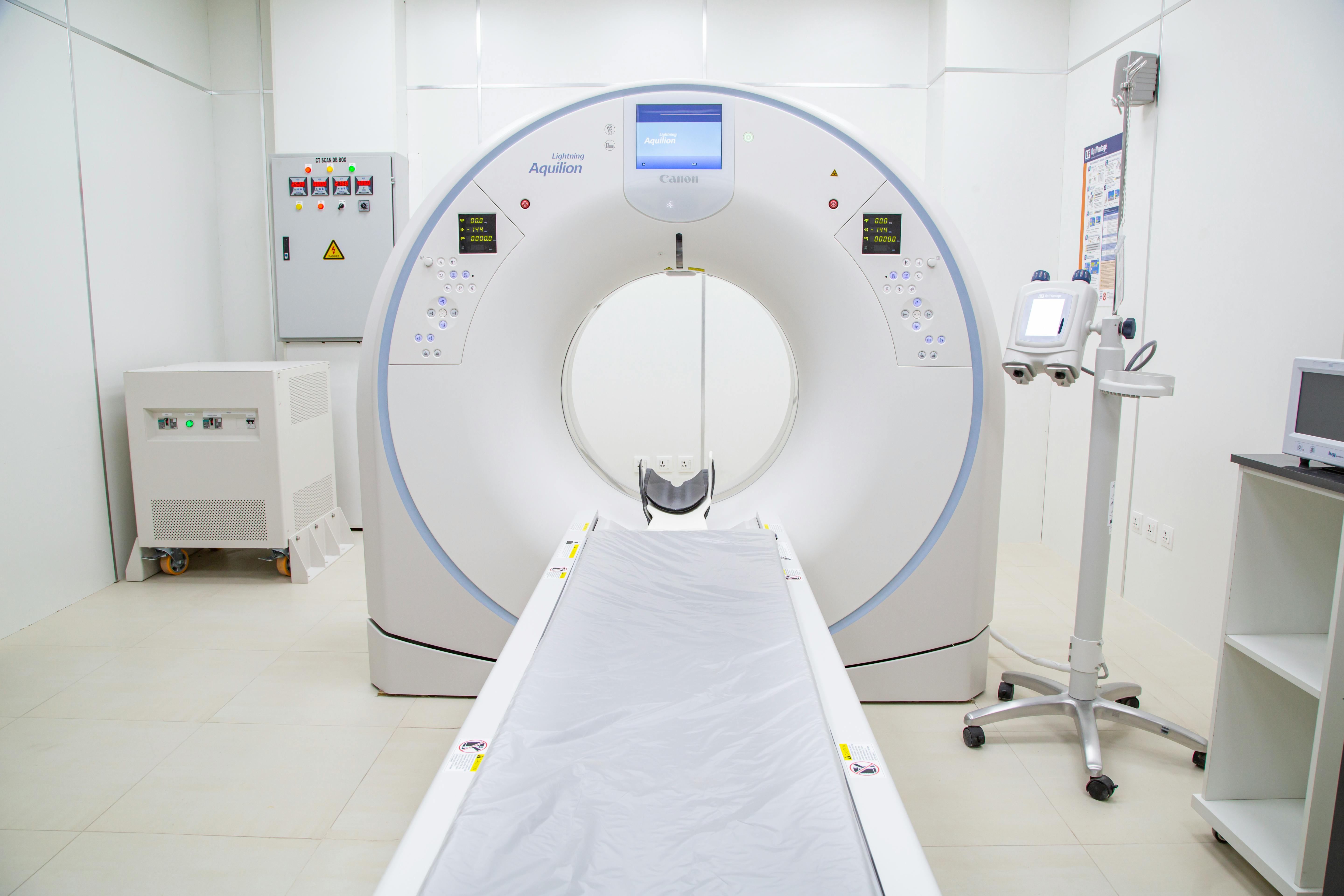How much Green is Coconut Activated Carbon?
Published : 10 Dec 2020

Author Name : Razin Rahman, Managing Director
Activated Carbon can be derived from many sources. For decades, the only possible source for low pressure drop pelletised carbons was carbo made from coal. Coal pellets apart from being extremely polluting and non-environment friendly, is also an antiquated media with lesser efficiency.
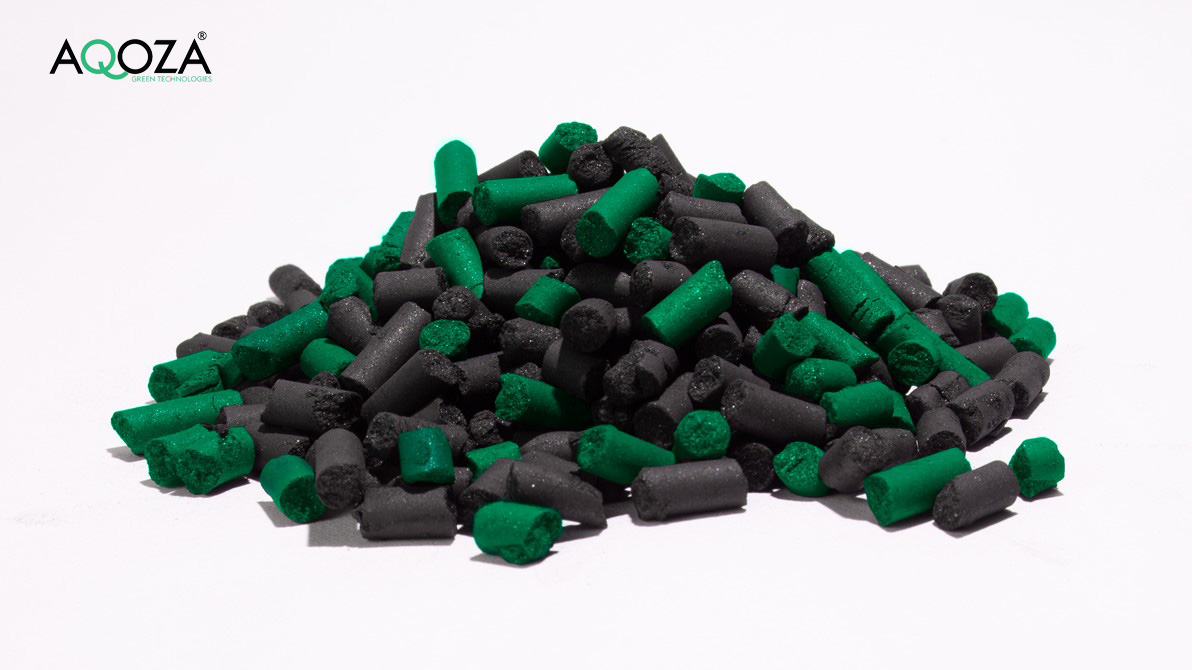
It is no new information to anyone that Coal is mined from the ground and is a non-renewable resource. The mining process creates significant & irreversible damage to the air, flora, and fauna in its surroundings. Coal mines apart from being a health hazard have also brought about economic issues to the local populations in the surrounding areas destroying the previously existing economic structure and generally give back very less to the local population.
COCONUT carbon being derived from the outer shell of coconut shells, is a by-product of the food industry. The increase in coconut carbon plants have created a viable economic ecosystem for farmers and those related to the farming industry. As coconut trees can be grown on arid lands with minimal irrigation, the increased demand in coconuts have led to increase in planted areas in previously barren lands which have turned agricultural and green, causing an increase in the flora and fauna of the area. Plantations in many countries are typically run by small corporations and farmers and the increase in demand on the by-product (shell), has made farming of coconut even more viable than before, providing a safe and non-hazardous employment to large numbers of people creating a new economic growth and development in the local rural community.
COCONUT CARBON PELLETS have a significantly higher number of micro pores which help in better Adsorption and better holding of VOCs and other off gases. The higher adsorption comes from the higher adsorption energy at the micro pore sites due to the stronger bond formation at the carbon surface. Coconut carbon do not differ from source to source and display the same properties wherever it originates from giving you a dependable and uniform product and performance. The impurity content of coconut carbon is much lower giving more carbon per kg of adsorption media. These carbon pellets have also shown greater and longer life in the same conditions as against coal carbon pellets of the same specifications.
Overall, COCONUT Pellet carbon is obviously the best choice for the environmentally conscious and a sustainable and a more technically superior option against the Chinese coal carbon pellets currently available in the market. Follow us to understand more on-air filtration media, coconut carbon pellets, environmental pollutants and their effective removal, effective and simple odour control solutions.
Have more questions or queries, Feel free to contact the experts

